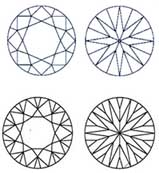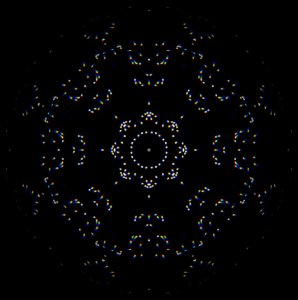- Joined
- Sep 19, 2004
- Messages
- 2,547
As I consider what I saw today in a jewelery store, one of the questions that came up was how good is the Gem-Ex as a tool. Yes it produces nice reports, and yes it seems to show something.
However, it got me wondering.
The 8* is supposed to be the best cut diamond out there in the normal 57/58 facet design. Several people whom I have a lot of respect for on this forum have stated that they are AWSOME, but expensive (you get what you pay for...).
Has anyone seen, or can anyone point me to, a Gem-Ex report on a 8* diamond.
I think the comparison might be very interesting. Does and 8* rate as 3 "Very High''s" or not?
Perry
However, it got me wondering.
The 8* is supposed to be the best cut diamond out there in the normal 57/58 facet design. Several people whom I have a lot of respect for on this forum have stated that they are AWSOME, but expensive (you get what you pay for...).
Has anyone seen, or can anyone point me to, a Gem-Ex report on a 8* diamond.
I think the comparison might be very interesting. Does and 8* rate as 3 "Very High''s" or not?
Perry









300x240.png)